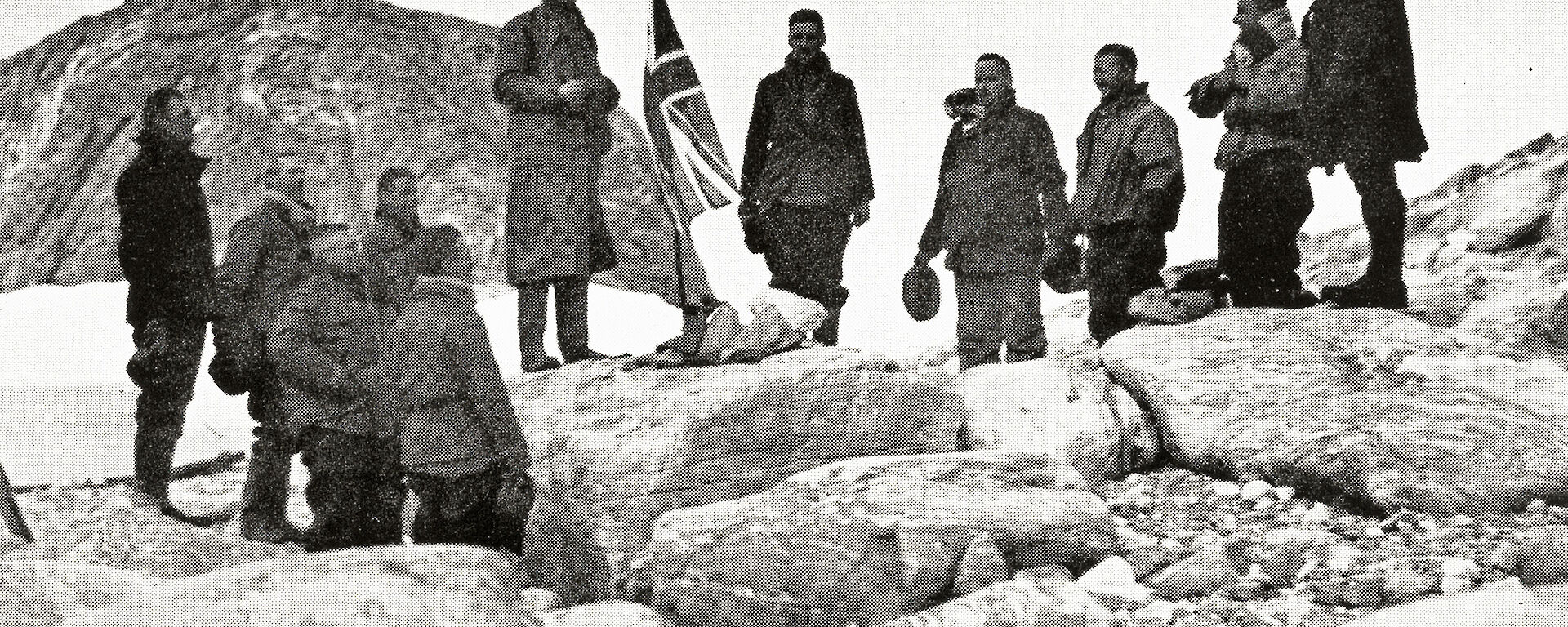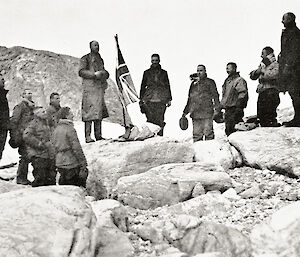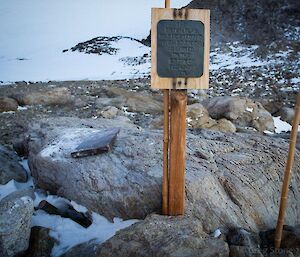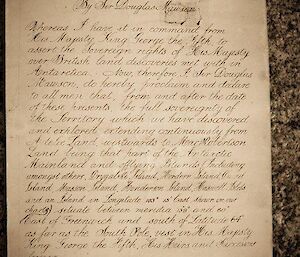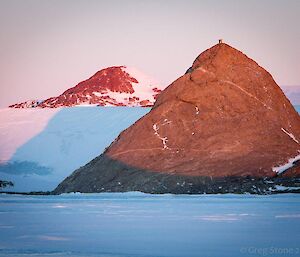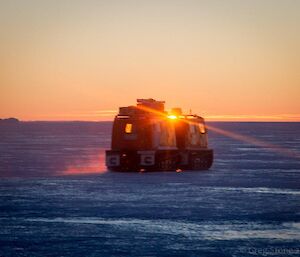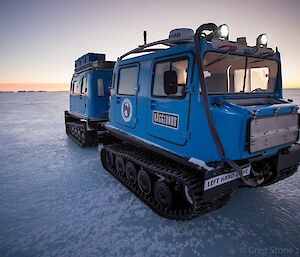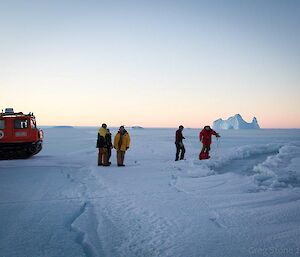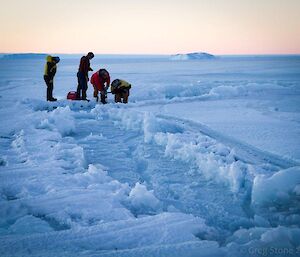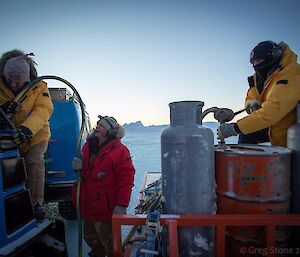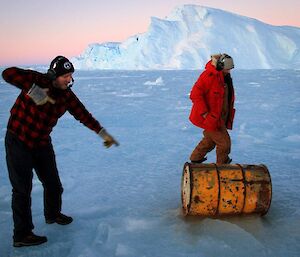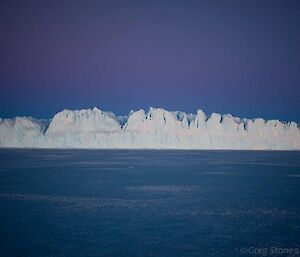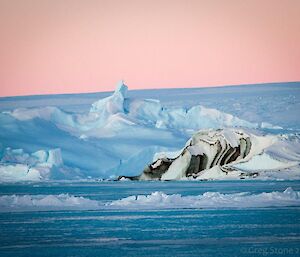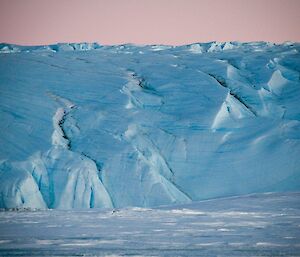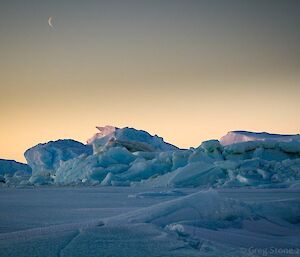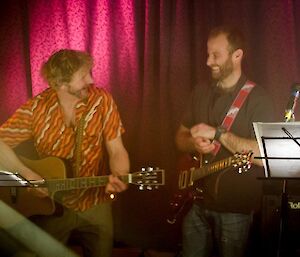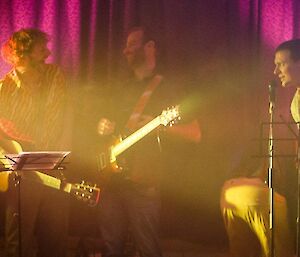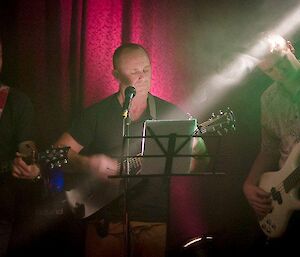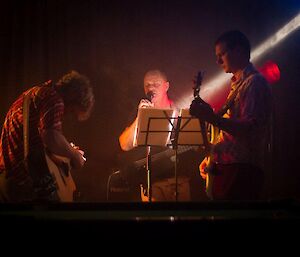Taylor Glacier emperor penguin census, part 2
The adventure continues!
Having achieved the primary objectives of the emperor penguin census, and having serviced the automatic cameras at Taylor Glacier and done the assessment of Colbeck Hut, it was time to check out a bit of history. We were not the first to visit this area — not by a long way.
Day 3: Cape Bruce and Proclamation Point
Some history
On 18 February 1931 Sir Douglas Mawson, leading the British Australian and New Zealand Antarctic Research Expedition (BANZARE), landed at Cape Bruce to proclaim sovereignty for King George the fifth over Mac. Robertson Land and Princess Elizabeth Land. A wooden pole with a copper plaque was placed over a cairn (pile of rocks). A copper tube containing a written copy of the proclamation was placed in the cairn.
On 3 July 1957 (26 years later), the site was rediscovered by three members of the Australian National Antarctic Research Expeditions (ANARE) who landed nearby in a Beaver aircraft to study Taylor Glacier. When found, the plaque had been detached by the wind and was lying face down nearby. The plaque and copper cylinder containing the proclamation were taken back to Mawson station. The plaque was returned to the site and remounted on the pole. In 1979 the original proclamation was returned to Australia where it is safely kept in the National Archives in Canberra. A copy of the original is now at the site.
We were therefore all very keen for the chance to visit such a historic site, especially one so connected to our station’s namesake.
Proclamation Point, as the site has come to be known, is on the west side of Taylor Glacier. A few hours of rough but uneventful driving got us there. Entering into a small bay we headed up to a flat piece of ground surrounded by a few tall hills and the steep rise of the ice plateau behind. As we pulled up, the plaque and cairn could be seen in the middle, still standing after all these years.
Andy did a passable re-enactment of Mawson making his proclamation. Meanwhile the distinct knoll to the west of the cairn was summited by Heidi and Ewan in the name of Kiwis and plumbers everywhere.
After a look around, we took photos and had a nice cup of tea. We put our names in the visitors’ book (our little mark in history) and headed off into the sunset — back to Colbeck hut and a well-earned dinner of pizza and lamb sausages followed by early night.
Day 4: Drive back home
It was a great trip but it was time to head home. We decided on an early start so we would have the best light for the more difficult sections of sea ice. We’d also be back in time for diner.
Up at 6 am, we packed the Hägglunds and gave the huts a final clean. We were on the road (ice) by 7 am. To speed our departure Ewan made up some bacon and cheese toasties wrapped in foil for an on-the-road breakfast. Very yummy.
Low Tongue depot
Forty kilometres from station is Low Tongue, a small peninsular that extends out from under the plateau. It is the only ice-free land in the area, perfect for a depot. We decided to stop in to check the fuel cache there, refuel the Hägglunds and have a quick look around.
On arrival the pungent smell, guano stained rocks and old penguin feathers marked this as a rookery for Adélie penguins who would return in summer. Five drums of ATK (Aviation Turbine Kerosene) strapped together to stop them blowing away made up the cache.
A few kilometres out from Low Tongue a large, dark object could be seen on the sea ice. As we drew up we saw that it was an old 44 gallon drum. How it got there and where it came for we did not know. The drum was quickly tied onto the sled before we headed off again, happy in the knowledge we’d left the place tidier then when we had arrived.
A photographer’s dream
With the low angle of the sun, Mawson gets beautiful sunrises and sunsets that last all day. The colours are stunning — white snow, blue ice and black rock under a band of orange apricot from the low sun, then blending into a deep indigo of twilight sky. The colours are so good it’s like looking at an overdone Photoshop image but you’re seeing it with your eyes in real life — breathtaking!
Committing these subtle shades to film (or memory card) as the eye sees them is difficult, but there are a few attempts below.
Home
We did indeed arrive back at Mawson in time for another of our award-winning chef’s meals, but first things first. We had to drop the rubbish off at Warren (incinerator building), empty the greywater containers in the sewage building, refuel the Hägglunds, return the satellite phones and PIRBs to Comms and put the SAR gear and our packs away. Lastly we each took a nice, hot shower with an extra minute or two because we were away for four days.
The census photographs will now be sent to the ever-enthusiastic Dr Barbara Wienecke where the painstaking work of counting the penguins will be done. If you would like to guess how many penguins there are, the final count will be published in a future edition of the news, and you can see how close you got.
By Greg Stone (Met tech, station photographer, penguin counter)

